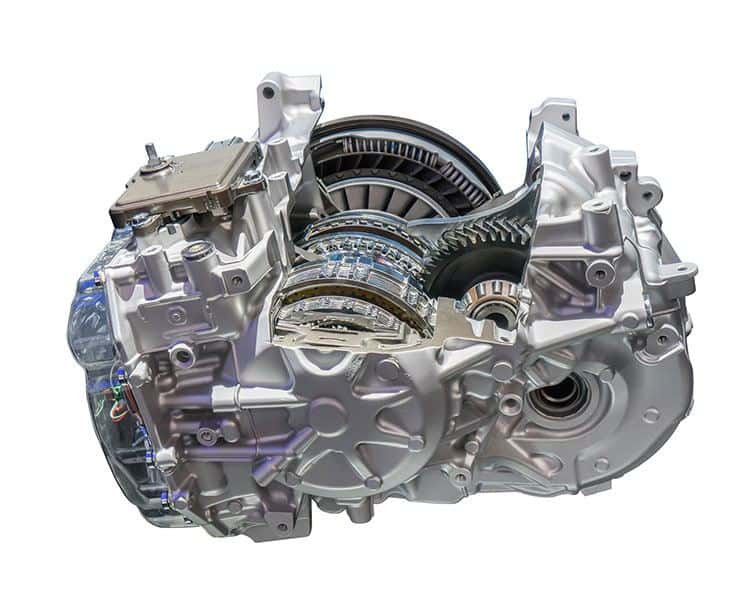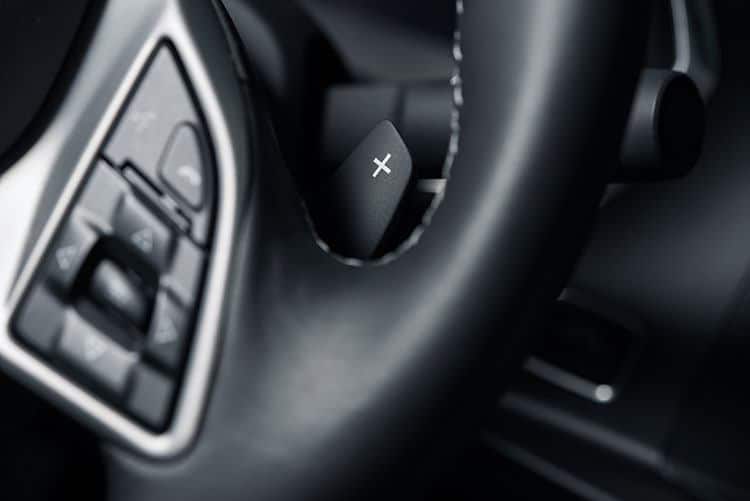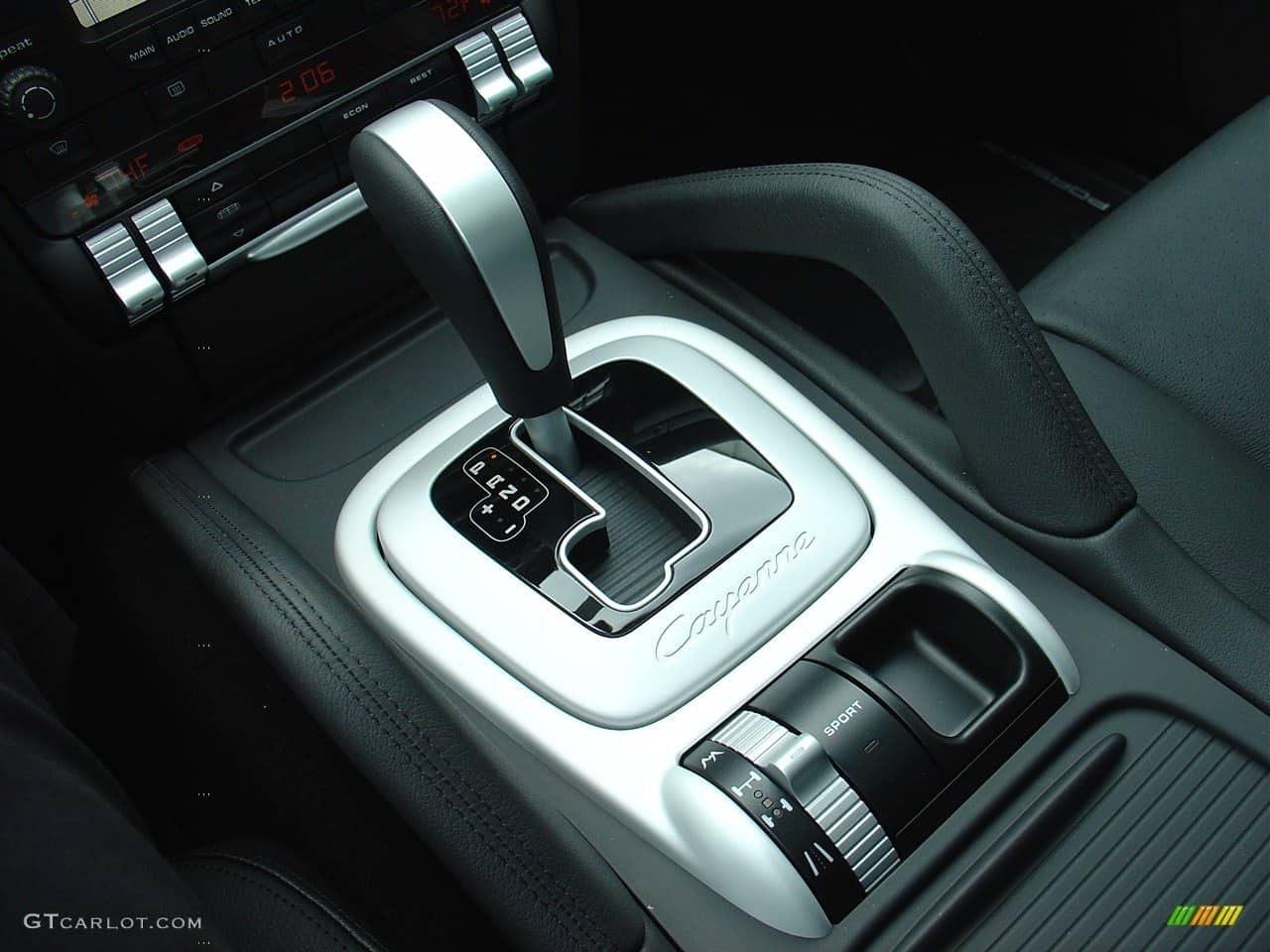When you buy or use something, it is good to know the science behind it. The same goes for buying a motor vehicle. You can only give justice by learning the working of your car to maintain and use it in the right way.
Transmissions come in several varieties. Generally, most cars have automatic, manual, or CVT transmissions, but there are more varieties. These generally work very similarly but can make your car drive very differently.
Drivers need to learn about which transmission they’ll be getting before buying a new car. As transmission system is one of the main forces in your car that differentiates it from others. To help you out, we have listed all the necessary stuff you should be aware of.
What is Transmission Mechanics?
A power source needed to drive a power transmission system in cars is what a transmission system consists of. It is the controlled application of power, wherein power can be applied according to the driver’s requirement.
- This machine typically consists of a power transmission system and a power source.
- This system refers to the gearbox of the car.
- Some transmission systems may also include a whole drivetrain, gearbox, and clutch system with final and differential drive shafts.
- However, the gearbox alone is the heart of the transmission system in the USA.
- The transmission system is typically incorporated in motor vehicles wherein control over the application of power is necessary.
- Generally, the driving wheels are provided input from the internal combustion engine (ICE). ICE is where the combustion of a fuel occurs with air in a chamber-like
- It is a heat engine that is responsible for driving the wheels.
Such engines generally work at a high rotational speed which is undesirable while starting the car. Hence, to slow down the speed or to control, the transmission system is incorporated.
How Does Transmission Mechanics Work?

No, you don’t need to be an engineer to understand this. But you have to have a general idea of how your transmission system works.
- This is to understand the right way of using it and debug those minor errors if required.
- So, as I said transmission system would reduce the speed of the driving wheels.
- It increases the torque to slow down the engine.
- You are right about the idea of gears. They are nothing but the multiple gear ratios of your transmission system.
- It will enable you to switch between the gear ratios as the engine’s speed varies.
The switching can also be categorized into two types; these include:
- One in which it is done manually by the operator or driver.
- Or the second one in which gears could be changed automatically. It also includes directional control where forwarding and reversing are.
If it is too confusing for you, then you can opt for the single-ratio transmission system, wherein you just need to change the speed and torque of the system.
What are the Types of Transmission Mechanics?
1. Hand Gear

These were the first type of transmission mechanics introduced. Cars used to have hand gears around 20 years ago. Hand gears typically consist of a gear stick or gear shifter to change gears. It is a metal lever attached to a transmission system or gearbox. You can change gears using your hand gear while pressing the clutch pedal with your left leg.
These are commonly located between the front seats of your car. It can also be found on the center console, transmission tunnel, or even on the floor. There is a special shift pattern to operate Hand gears.
2. Manual Transmission

It is nothing but a manual gearbox in your car. It also constitutes a gear stick to shift gears and also has multiple gear ratios. A driver-operated clutch can be engaged or disengaged with the help of a foot pedal or a hand lever. Also, the gear selector can be operated by a foot pedal or hand lever. The typical design consists of a 5-speed manual transmission. There are different gears in a manual transmission.
For example, when the clutch is fully depressed, no torque is transferred from the engine to the wheels. This way, you can change the gears or stop the car. In the clutch slip stage, the clutch is neither fully depressed nor fully released.
It should be used to start the vehicle from the rest position. Do not slip the clutch when not required to save energy. The third stage is when the clutch is fully released, and all the torque is transmitted to the wheels.
3. Automatic Transmission
It is the self-shifting type of transmission system; wherein gear ratios are automatically changed as the car moves. This frees the driver to shift the gears manually. Typically hydraulic automatic transmission is used in most cars. An automatic transmission also has different stages.
For example, P or Park mode will lock the transmission and restrict the movement of your car. R or Reverse mode will put the car into reverse action to drive backward. N or neutral mode will disconnect the transmission from the engine. D or Drive mode will allow changing gears and moving your car. 2nd gear will not allow changing to any higher gear, and the same goes for 1 st gear.
4. CVT – Continuously Variable Transmission

A continuously variable transmission is a type of transmission that shifts gears continuously. It can do this because it doesn’t use traditional gears. It has gear ratios.
The gear ratios mean it can shift smoothly in small increments. There are many types of this kind of transmission, but the goal is to put less stress on the engine and provide a smooth ride.
5. Semi-Automatic Transmission

This type of transmission is similar to a manual transmission, except that it is without a clutch. It does not change gear automatically, but it eliminates the need for controlling the clutch and gearbox simultaneously. Hence, it is known as a semi-automatic transmission. Electronic sensors, actuators, processors, etc., are used to shift the gears in a computerized way. The whole transmission system was designed for a better driving experience.
6. DSG – Direct Shift Gearbox
DSG consists of a dual-clutch, which is electronically controlled. It can be fully automatic or semi-manual, depending on the design. It has two separate clutches and gearboxes. This results in fast shifting by eliminating the torque conversion time. P is park mode; N is neutral; D for the drive; S for sports mode, and R for the reverse mode. It has the advantages of better fuel economy, no loss of torque, and smoother and faster gear shifting.
7. Triptonic Gears

It is a manual shifting automatic transmission. It operates like a normal automatic gearbox, but the gear shifts are selected with the help of a computer. There can be an extra gate in the gearbox or steering wheels with the help of buttons or paddles. It can be used in manual shifting mode.
When you press the shift selector, you select an additional shift gate. The additional feature is the Sports gear, wherein transmission can be delayed according to drivers’ wish to enhance the performance.
8. Paddle Shift Gears
This system chooses gears automatically depending on varying engine speeds. The driver just needs to send an electronic signal to the clutch, which will change the gear automatically. Paddle shifters consist of buttons on the edge of the steering wheel. Some cars will have a special mode for paddle shifters, or it can be used in Drive mode.
These gears provide advantages of both types of transmission, manual and automatic. It is a more interactive and controlled experience for the driver as opposed to a fully automatic transmission.
Conclusion
Now you know better how a transmission mechanism works in cars. Hope this helps you to enjoy and buy your favorite cars.

